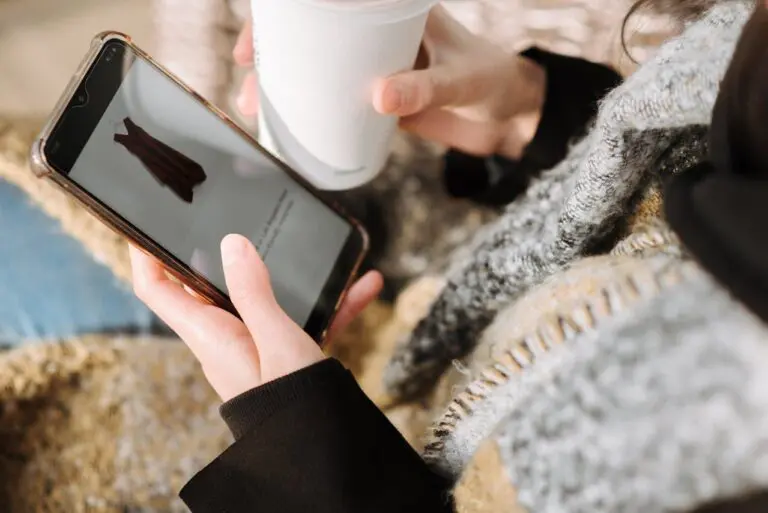College students make strategic choices about where to vote, most prefer absentee ballots, and they are especially likely to vote absentee if their homes are in swing states, according to a new Northwestern University study of student absentee voting in the 2008 presidential election.
The findings were published Oct. 1, 2009, by the Center for Information and Research on Civic Learning and Engagement (CIRCLE) at Tufts University’s Tisch College.
The study assessed the outcomes of an in-person voter registration drive held during the fall of 2008 on Northwestern’s Evanston campus. Students were offered a choice of local college-state voting in Illinois or home-state voting by absentee ballot. (The drive was organized and staffed by Northwestern students.)
Two Northwestern students, Kim Castle and Janice Levy, conducted the study under the direction of Michael Peshkin, professor of mechanical engineering in the McCormick School of Engineering and Applied Science.
“2008 was the first presidential election for most college students,” said Peshkin, who is a steering committee member of Northwestern’s Center for Civic Engagement. “That’s often the moment when students emerge as political participants or political bystanders.”
The researchers found that students from swing states preferred home-state voting by an 8-to-1 ratio. Even students from non-swing states preferred to vote back home, by a 2-to-1 ratio. Most students chose absentee voting even though absentee voting is more complicated than local voting.
The study disproved two common assumptions: that students are unreliable voters and that the extra steps required for absentee voting would further diminish the number of ballots students cast. The study found high turnout rates for both students who voted locally and those who voted by absentee ballot. Seventy-nine percent of students who registered locally voted, and 84 percent of students who got an absentee ballot voted.
“We were amazed how many students registered to vote when we asked them in person,” said Castle, lead author of the study and an organizer of the voter drive last fall. “On-the-ground campaigns definitely still have their place.”
More than 1.7 million students attend out-of-state colleges. A 1972 Supreme Court decision, Dunn v. Blumstein, eliminated lengthy state residency requirements that prevented students from voting in their college state. Since then, students who are away at college are eligible to vote in either their home state or in their college state. The same applies to military personnel at out-of-state bases as well as “snowbirds” and others with more than one home.
The Northwestern study concluded that:
- Students can be diligent voters with high turnout, both by absentee ballot and in local voting
- Students who can vote in their home state or their college state in a presidential election are strongly influenced in that choice by how close the race is
- Even in the Internet era, in-person voter drives reach many students who would not otherwise vote
The findings demonstrate that given the choice, students from swing states will maximize the impact of their votes by voting in their home states.


